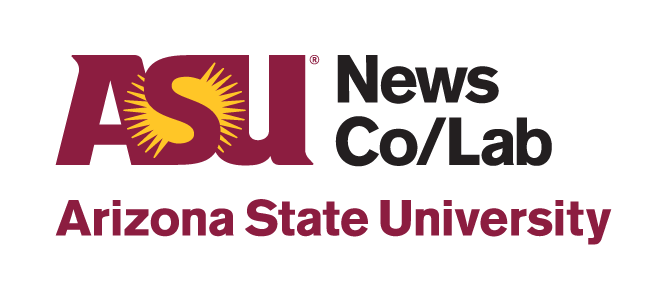Researchers say “fake news” is more defined by partisanship and identity politics than deception and misinformation.
Fake News as Discursive Integration: An Analysis of Sites That Publish False, Misleading, Hyperpartisan and Sensational Information
Journalism Studies
By Rachel R Mourão and Craig T. Robertson
Jan. 13, 2019
Fake news is a “genre blend,” according to researchers Rachel R. Mourão and Craig T. Robertson — it blends traditional news standards with entertainment and opinion to mislead readers.
They investigated content from known fake news sites during the 2016 election and examined how this content predicted social media outcomes. They found the driving force behind sensational, partisan and fabricated content during the campaign was animosity toward the Democratic candidate. Most of the content from known fake news sites didn’t have outright falsehoods, but they did have a blend of genres, meaning they combined news with entertainment and opinion.
“Sometimes this content included fabrications, yet more commonly stories were mostly truthful but partisan, which was also the format that got more traction on social media,” Mourão and Robertson wrote. Even though adding a partisan interpretation to truthful events is the most successful strategy fake news sites use, researchers said there’s a saturation point.
Taken together, these findings suggest that appealing to identity politics boosts engagement, but audiences are also skeptical of extreme partisanship, along with clickbait and outright lies.
Key Numbers
- Fifty-eight percent of the stories weren’t sensational, and around 6 percent of the stories had moderate or high levels of sensationalism.
- Around 20 percent of the stories used clickbait techniques.
- Approximately half of the stories deviated from the truth.
Study Details
- Researchers analyzed the fake news genre using stories from 50 fake news sites, specifically looking at concepts of misinformation, bias, clickbait and sensationalism.
- Researchers then matched each story’s content characteristics with social media engagement outcomes for each story on Facebook and Twitter.
- Researchers measured each story’s bias, ideological leaning, sensationalism, use of clickbait and social media outcomes

